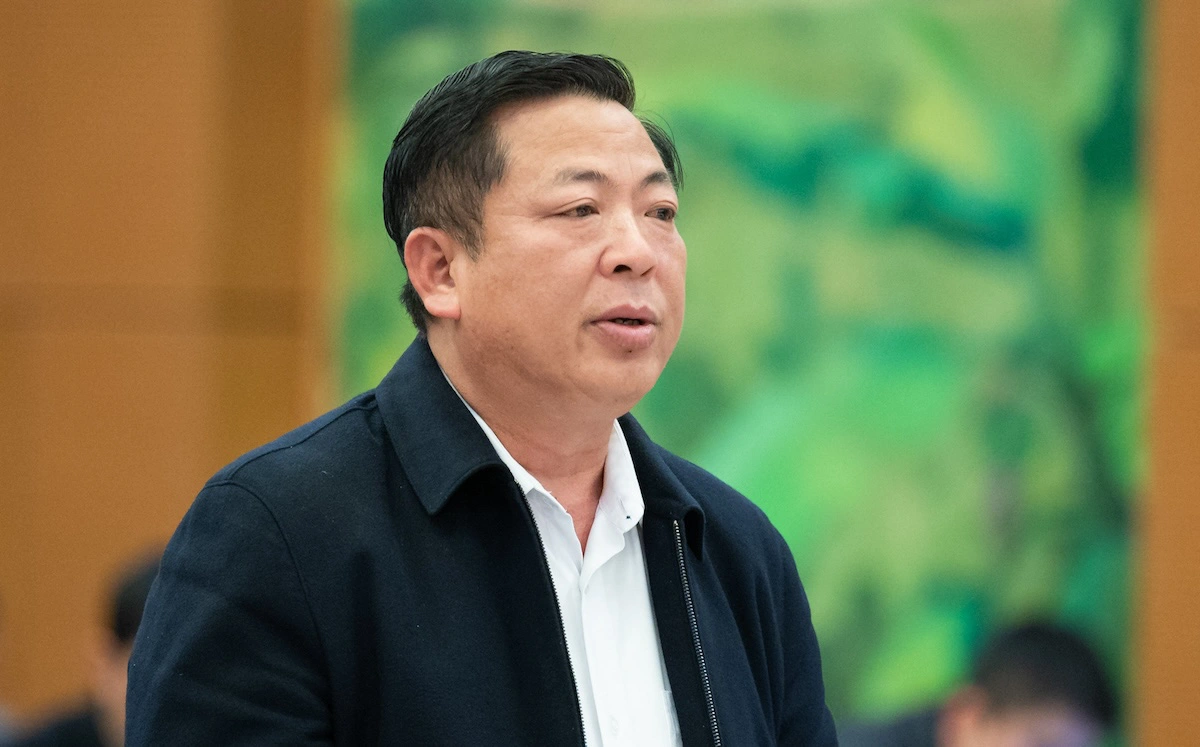The government has proposed developing the Lao Cai – Hanoi – Hai Phong Railway project in northern Vietnam under the public investment model with estimated costs of VND203.231 trillion (US$8 billion).
The government plans to use domestic funds, foreign funds, specifically from China, and other legal funding sources for the project.
The National Assembly (NA) Standing Committee on Monday discussed the Lao Cai - Hanoi - Hai Phong railway project.
Minister of Transport Tran Hong Minh presented the government's proposal for the project, which plans to start at the border connection between China and Vietnam’s Lao Cai Province and end at the Lach Huyen International Port area in Hai Phong.
The route will pass through nine provinces and cities, including Lao Cai, Yen Bai, Phu Tho, Vinh Phuc, Hanoi, Bac Ninh, Hung Yen, Hai Duong, and Hai Phong.
The main railway line will be 390.9 kilometers long, with three branch lines totaling about 27.9 kilometers.
The railway will be a new electrified 1,435mm gauge line designed to carry passengers and goods.
The section from the new Lao Cai Station to Nam Hai Phong Station will have a design speed of 160 kilometers per hour, while the section passing through Hanoi will have a design speed of 120 kilometers per hour, and the branch lines will be designed for 80 kilometers per hour.
Along the route will be 18 stations and 13 technical service stations. When the transport demand increases, some technical stations may be upgraded to mixed-service stations, and additional stations will be built if needed.
The total land area required for the project is about 2,632 hectares, and approximately 19,136 people will need to be relocated.
Regarding the project's timeline, the feasibility study report is scheduled to be made between 2025 and 2030.
The government has also proposed 19 special policies for the project, including 15 policies already applied to the North-South high-speed railway project and four new policies.
In particular, the government suggested not appraising the funding balance during the execution of the project, allowing the prime minister to decide on issuing government bonds, mobilizing official development assistance loans, foreign concessional loans, and using additional revenue from the central budget, and other legal sources of funding to ensure the project’s feasibility.
Vu Hong Thanh, chairman of the NA Economic Committee, affirmed the necessity of the project, noting it will require a large investment. For the 2021-25 period, the government has allocated VND128 billion ($5 million) for the project.
From 2026 to 2030, the funding requirement is estimated at VND177.282 trillion ($7 billion), and from 2031 to 2035, about VND25.821 trillion ($1 billion) will be needed.
Thanh noted that the revenue from the first five years of operation is expected to only cover the costs of operation, maintenance, and equipment.
The government will need to preliminary provide about $109.36 million over five years for infrastructure maintenance.
Therefore, the Economic Committee recommended a comprehensive evaluation of the effectiveness of railway projects, carefully assessing the financial plans and the potential impacts during operation to minimize future risks.
NA chairman Tran Thanh Man supported the necessity of the project but urged further research to ensure its feasibility.
He also stressed the importance of considering the railway’s route, ensuring it connects with the national railway network while minimizing impact on residential areas and forests. Stations should be developed in a cost-effective manner while ensuring connectivity.
Like us on Facebook or follow us on Twitter to get the latest news about Vietnam!





















































